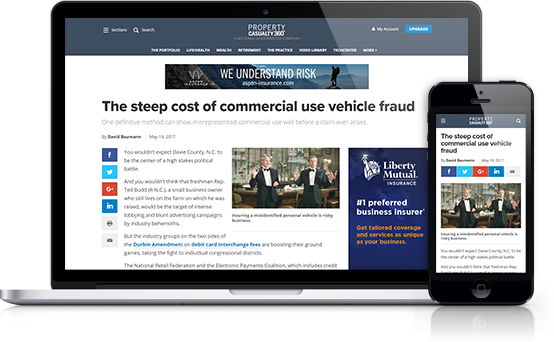Challenging economic conditions, reduced returns on investment, in-creases in large claims, and increased competition have all combined to drive approximately one-third of U.S. insurers out of the market over the last 15 years. Reductions in top-line revenue concurrent with shrinking profitability have had their impact. Today, fewer, generally speaking larger, and definitely more intensely focused insurers are vying for a larger share of an increasingly well-informed and demanding market, one that has shifted demographically, behaviorally, and intellectually.
It has been said that the insurance industry is rich in data and poor in information. Given the constantly evolving market dynamics and competitive landscape, a strategic imperative for surviving is the translation of this wealth of internal and externally available data into meaningful decision-making criteria. Being a services industry, insurers know profitability rests on understanding consumer expectations, effectively delivering products that meet these expectations, efficiently servicing the resulting customers in a manner consistent with their desired methods and timelines, and profitably managing the risk pools.












 Copyright © 2025 ALM Global, LLC. All Rights Reserved.
Copyright © 2025 ALM Global, LLC. All Rights Reserved.